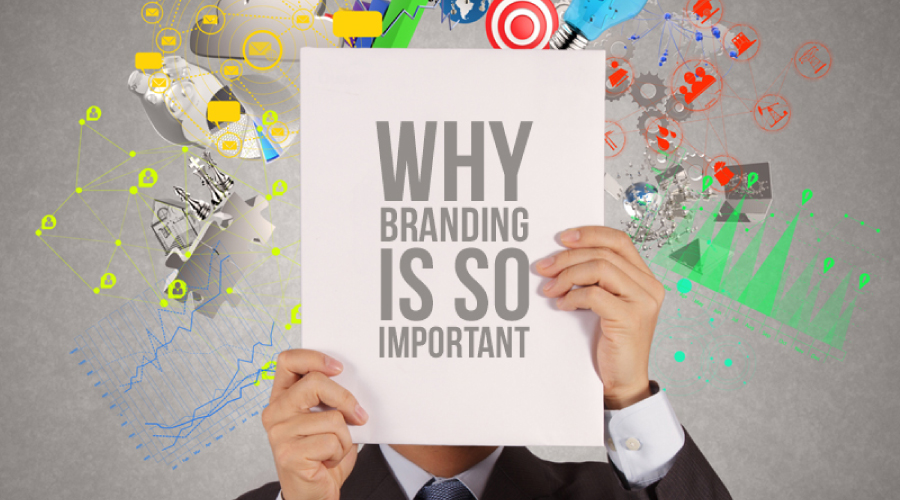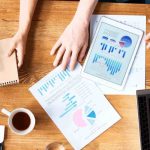Imagine yourself in a busy market where thousands of products are seeking your attention. Every product claims to be best in improving your life or addressing an issue. So, how do you determine which product deserves a place in your shopping cart among all these options? It is a time when the importance of design in product development and its functionality takes place.
While launching a product underestimating the importance of design can be a positive mark on your competitors. So, you should always remember that design is more than just aesthetics. In clear words, it is the driving force behind a product’s development from idea to completion. Additionally, design acts as a bridge, connecting functionality and usability with user demands to deliver a seamless and gratifying experience.
Why does design hold such sway in product development? Let’s explore why placing design at the forefront is key to success.
What is Product Design?
Product design isn’t just about making things look good; it’s a strategic, multidimensional discipline focused on the user. The importance of design in products goes beyond aesthetics—it’s about understanding users’ needs, preferences, and concerns, and using that knowledge to create practical, efficient, and enjoyable products.
The importance of product design lies in how the visual language of the product (the user interface) and its interaction with the user (the user experience) work together. A well-designed user interface is easy to navigate and guides users seamlessly through tasks, ultimately leading to a positive user experience where they feel in control and empowered. This underscores the importance of product design and development in creating successful products.
Importance of Design in Product Development
We’ve already highlighted that neglecting the importance of design in product development can give competitors an edge. Now, let’s delve into why design product development is so crucial.
1. User Focus
In successful design and product development, the user is the priority. Designers conduct thorough research and empathy exercises to understand users’ needs and frustrations. This user-centric approach results in intuitive solutions that address practical issues and anticipate user behavior. The importance of design in products is evident in the increased consumer loyalty and brand advocacy that come from prioritizing user satisfaction.
2. Market Differentiation
Making an impression on customers in a congested market is essential. Design contributes by making goods that are not just useful but also visually pleasing, emotionally compelling, and easy to use. Consider Google Maps’ user-friendly interface or the svelte designs of Apple goods. These design decisions provide the product distinctive brand character and set it apart from competitors.
3. Cost-Effectiveness
You may believe that the development process experiences more costs due to design but the opposite is true. Including design thinking from the start makes it easier to see any usability problems early on. This ensures a clear understanding of the product’s function, speeding up the engineering process and avoiding costly rework later in the development cycle.
4. Brand Identity
Design is an effective technique for creating a distinctive brand identity. A product’s entire brand perception is influenced by its appearance, feel, and utility. In addition to reflecting the ideals of the business, a well-designed product builds emotional bonds with customers and cultivates a devoted following of users.
5 Steps in Product Design: From Concept to Creation
Understanding the importance of design in product development is essential, but ignoring the process can render your design ineffective. Product design isn’t a magic trick; it’s a well-defined, systematic process that transforms ideas into practical solutions. Here are the 5 steps in product design:
User Research
Begin by gaining a thorough understanding of users’ requirements, behaviors, and challenges through testing, questionnaires, and interviews. This research provides valuable insights that shape the direction of the design, ensuring it aligns with user needs.
For example, when designing the Dyson vacuum cleaner, the team conducted extensive user research to understand common frustrations with existing models, leading to the development of a product that addresses these issues.
Idea Generation
Once you have a clear understanding of user needs, it’s time to brainstorm and explore all potential solutions. Let your imagination run wild, considering various ideas that could meet user demands and address their difficulties.
Consider the development of the iPhone, where designers explored numerous ideas and concepts before finalizing the groundbreaking design that revolutionized mobile phones.
Prototyping
After narrowing down your ideas, create crude models or prototypes to bring them to life. These prototypes allow for quick testing and iterative improvements, starting with simple sketches and evolving into more detailed digital mockups.
In the design product development of the Tesla Model S, prototypes were essential in refining the vehicle’s design, leading to the final product that combined efficiency with aesthetic appeal.
User Testing
Put the prototypes through rigorous testing, gathering user input at every stage. This feedback is crucial for refining and modifying the design, ensuring that the final product is user-friendly and meets the intended purpose.
For example, during the development of Google Maps, user testing was critical to creating an interface that is both powerful and easy to use, leading to its widespread adoption.
Final Refinement
- Continuously iterate on the design based on user feedback, making necessary adjustments to enhance functionality and usability. The goal is to create a product that is not only effective but also enjoyable and intuitive for users.
By following these 5 steps in product design, illustrated by product design examples like the Dyson vacuum cleaner and design product development examples like the Tesla Model S, you can ensure that your design process is structured, user-focused, and ultimately successful in bringing valuable products to the market.
The Future of Design
The future of product development holds immense promise for design! We are about to enter a future where emotion and user-centricity are critical. Designers will learn more about the feelings and aims of individuals. This will result in the development of goods that appeal to customers personally in addition to meeting their necessities. Artificial intelligence and machine learning will play a significant role, which will let us analyze enormous volumes of data and tailor experiences in previously unheard-of ways. Another key theme will be sustainability, with designs emphasizing environmental responsibility and beauty. The strong desire to make a positive difference will fuel innovation in this era.
Conclusion
In conclusion, paying attention to design in product development is essential. It’s not just about making things look good; it’s about understanding your audience’s needs and effectively communicating with them. Prioritizing design helps companies stand out in competitive markets, improve user experience, and save costs in the long run. With a focus on practicality and user needs, design will continue to be key in creating products that meet demands. Partner with Faddico, your trusted product design and development expert, and the best promotional product supplier.
FAQs
Q. How does a designer contribute to the creation of a product?
Throughout the whole process of creating a product, designers are in command. However, they have to identify an issue, define it, and then compassionately build a workable solution. Technical expertise and human-centered design are among the qualities that a product designer has to possess.
Q. Why is user focus so important in design?
By prioritizing user demands throughout the design process, you can create products that effectively solve practical issues and provide a satisfying user experience. As a result, there are happier consumers, more brand loyalty, and eventually better sales.
Q. How will technology affect design in the future?
Artificial intelligence and machine learning will help designers analyze large-scale user data, allowing them to create increasingly personalized product experiences. Furthermore, design solutions will prioritize environmental responsibility with usefulness and beauty, making sustainability a significant priority.
Q. Which techniques may be used to get user input while designing a project?
Designers can get information about user wants and preferences using various methods, including surveys, interviews, user testing, and observation. These techniques yield insightful feedback that helps to guarantee that the final product lives up to user expectations and drives the iterative design process.





